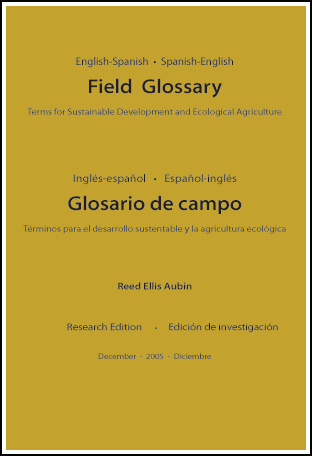Welcome to the South: Making Landfall in New Orleans after the Storm
That was March of 2006. It is now about a year later and I have actually been here permanently (as permanent as one can be in a very wobbly and tenuous place) for about six months, minus some international travel. My life before New Orleans had been spent in a quiet, quaint port town on the tip of the Olympic Peninsula. I couldn’t have made a more drastic move. I think Tokyo or Istanbul may have been less foreign to me. I left my satin sheets and cocoa-colored bedroom walls in the dust for the absolutely unpredictable reality of third world New Orleans, reasons for which continue to unfold for me with each passing day. My culturally starved soul is enveloped by the incredible spread of cultures here: East Indians, Haitians, Cubans, Vietnamese, Latino and the beautiful southern black culture as well as the Cajun and Creole presence. I’ve moved into an old red-doored row house in the 11th ward, also known as the Irish Channel area of New Orleans. I continue to involve myself in various projects around the city, but mostly staying in my neighborhood, where there is plenty to do. Omnipresent poverty, leaky roofs, and wrecked lives to name a few. Riding around on my emerald green Katrina-recovered cruiser bicycle, dodging glass chards and potholes in the misty effervescence, the work load is obvious.
I’ve begun partaking in some of the local traditions, although my northern accent and features dispute my origins. I’ve started drinking Coca-Cola. Not every day, but at least once a week. Walking over to the little Vietnamese-run corner store, spray-painted and shot-up but still open, selling lottery tickets, cold drinks, and po-boys, I can’t resist. I order a shrimp po-boy with extra pickles and an ice cold Coke. A few moments later I’m perched on the curb at First and Constance St. I engage with the random passer-by between slugs of soda, the burn of sugar and carbonation scalding my virgin throat. There’s something about this place...a coke and po-boy make perfect sense. Another common sight around the city this time of year is crawfish boils. Folks set up on the street or on their porches, boiling sausage, potatoes, corn, and crawfish into a delicious stew. Crawfish skeletons and beer bottles litter the gutters after such an event.
We can’t forget Mardi Gras. Fully-costumed and masked adults hurling themselves around the streets of New Orleans in order to intercept plastic ridiculousness being tossed from massive, gaudy floats. Said plastic ridiculousness includes: beads, nerf footballs, glowing squishy things, etc. I had my doubts about the hugely sensationalized event, but I had to see it. Our home eventually turned into a Mardi Gras flophouse for parched revelers, considering we’re just six blocks off the main parade route. The morning of Fat Tuesday arrived and I roused the sleeping strangers, smeared with make-up and draped in wrinkled costumes, out to St. Charles Avenue to catch the Zulu parade. Before ten in the morning I had already eaten fried chicken, drank whiskey, and re-applied my bright red lipstick. Incredible. What a show of goofiness, royalty, satire, and tradition in a grand crescendo of floats, weirdoes, partying, dancing in the streets, marching bands, food, and magic. I loved it.
My mission in New Orleans is just beginning. This is an important point in history for this city. I will continue to write on the developments (or lack thereof) that occur here in the Big Easy. Rebuilding infrastructure in a place that was already crooked before Hurricane Katrina serves to be a difficult task. People really care about the future of this place, and if I can contribute to the improvement of lives and the environment here (yes, it’s a tall order), my mission will be complete.
- Sally Pistachio's blog
- Login to post comments


